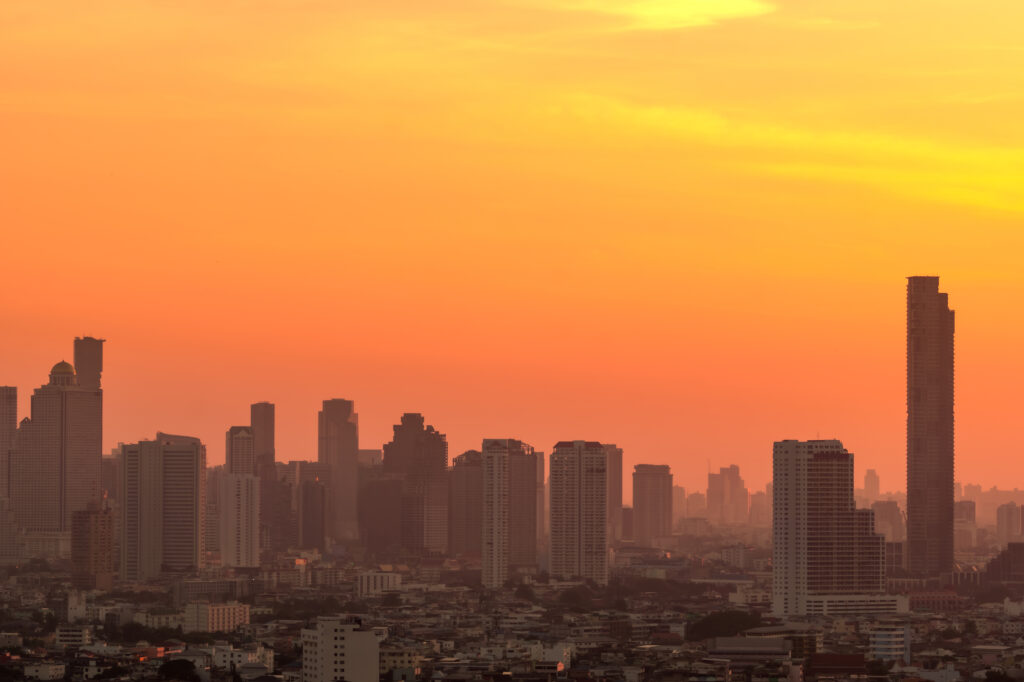On Wednesday, July 5, 2023, the Oregon Department of Environmental Quality, Southwest Clean Air Agency, and Lane Regional Air Protection Agency released a joint statement warning residents in the Portland-Vancouver, Salem, and Eugene-Springfield metropolitan areas about worsening air quality. People in this area faced increased levels of ozone pollution (i.e., smog) due to high temperatures and low winds. This led to an official air quality advisory that we’re sure to see again before the end of summer.
Ozone pollution is formed when hot temperatures and low winds interact with pollution from cars, gas-powered engines, and chemicals from paints and aerosols. The resultant pollutants react with sunlight and heat to produce ozone and haze. Ozone pollution gets worse through the day with sunlight exposure, meaning pollution levels are often highest during the afternoon and early evening.
The agencies predicted ozone levels would increase that could be harmful to sensitive groups. This includes children, pregnant individuals, older adults, and those with heart disease or respiratory conditions. During advisories, these groups are strongly advised to limit outdoor activities when pollution levels are high.
The current heatwave is making pollution issues worse. Agencies suggest that people limit pollution-causing activities. These practices can be a big help:
- Use public transit or carpool instead of driving your own vehicle
- Avoid unnecessary engine idling
- Refuel vehicles during cooler evening hours
- Postpone activities that involve gas-powered equipment, painting, and aerosol spray projects.
For updates on air quality conditions and advisories, the DEQ recommends checking their Air Quality Index or downloading the free OregonAIR app on a smartphone.
Let BuildingLens Magnify
Your Building Today.
In the face of such climate issues, the importance of protecting indoor air quality cannot be overstated. This is where AirLens can play a vital role. AirLens is a unique service that safeguards indoor air quality through the remote control of heating and cooling systems within buildings.
As outdoor air pollution levels surge, ensuring good indoor air quality is key to health, especially for sensitive groups. By leveraging smart technology, AirLens allows for real-time monitoring and control of indoor air quality. It dynamically adjusts building systems based on the quality of outdoor air and significantly reduces the levels of pollutants indoors automatically.
While we all play our part in reducing outdoor air pollution, tools like AirLens provide us with a way to maintain healthier indoor spaces. By promoting cleaner air in our homes and offices, we can effectively safeguard ourselves and our loved ones from the adverse health impacts of poor air quality. So, while authorities tackle outdoor air pollution, let AirLens take care of the air quality inside your home, making it a healthier and safer place for everyone.
